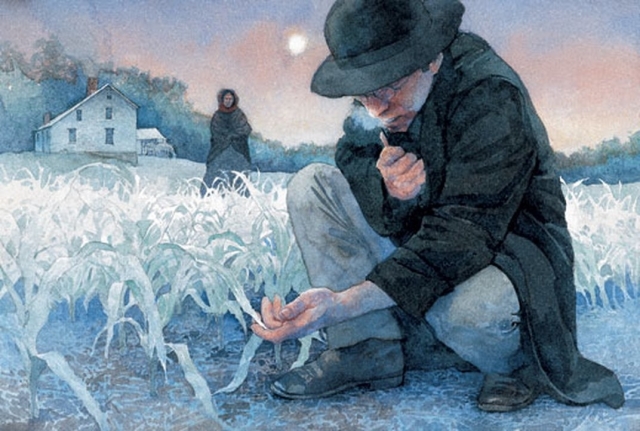1816 is known as the Year Without a Summer (also the Poverty Year and Eighteen Hundred and Froze To Death) because of severe climate abnormalities that caused average global temperatures to decrease by 0.4–0.7 °C . This resulted in major food shortages across the Northern Hemisphere.
Evidence suggests that the anomaly was predominantly a volcanic winter event caused by the massive 1815 eruption of Mount Tambora in the Dutch East Indies (the largest eruption in at least 1,300 years after the extreme weather events of 535–536), perhaps exacerbated by the 1814 eruption of Mayon in the Philippines. The Earth had already been in a centuries-long period of global cooling that started in the 14th century. Known today as the Little Ice Age, it had already caused considerable agricultural distress in Europe. The Little Ice Age's existing cooling was exacerbated by the eruption of Tambora, which occurred near the end of the Little Ice Age. The Year Without a Summer was an agricultural disaster. The climatic aberrations of 1816 had the greatest effect on most of New England, Atlantic Canada, and parts of western Europe.



 Descargar Google Chrome
Descargar Google Chrome Descargar Mozilla Firefox
Descargar Mozilla Firefox Descargar Opera
Descargar Opera